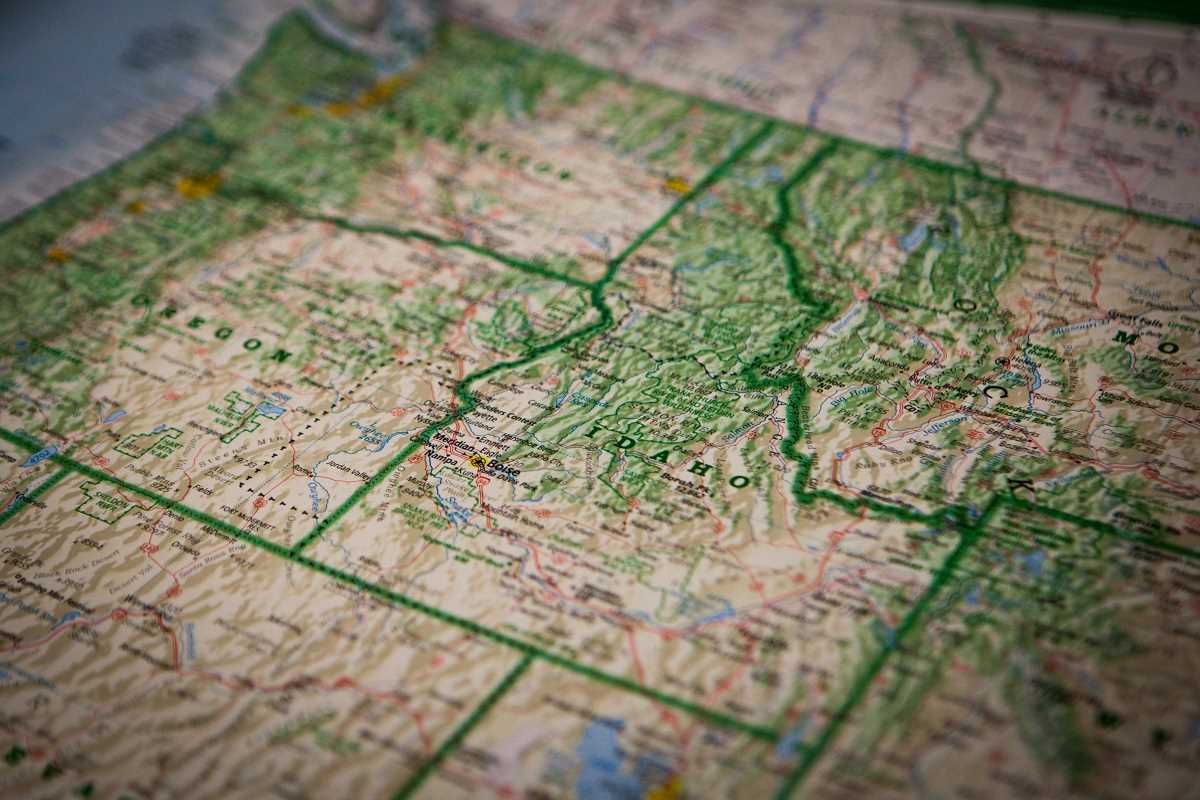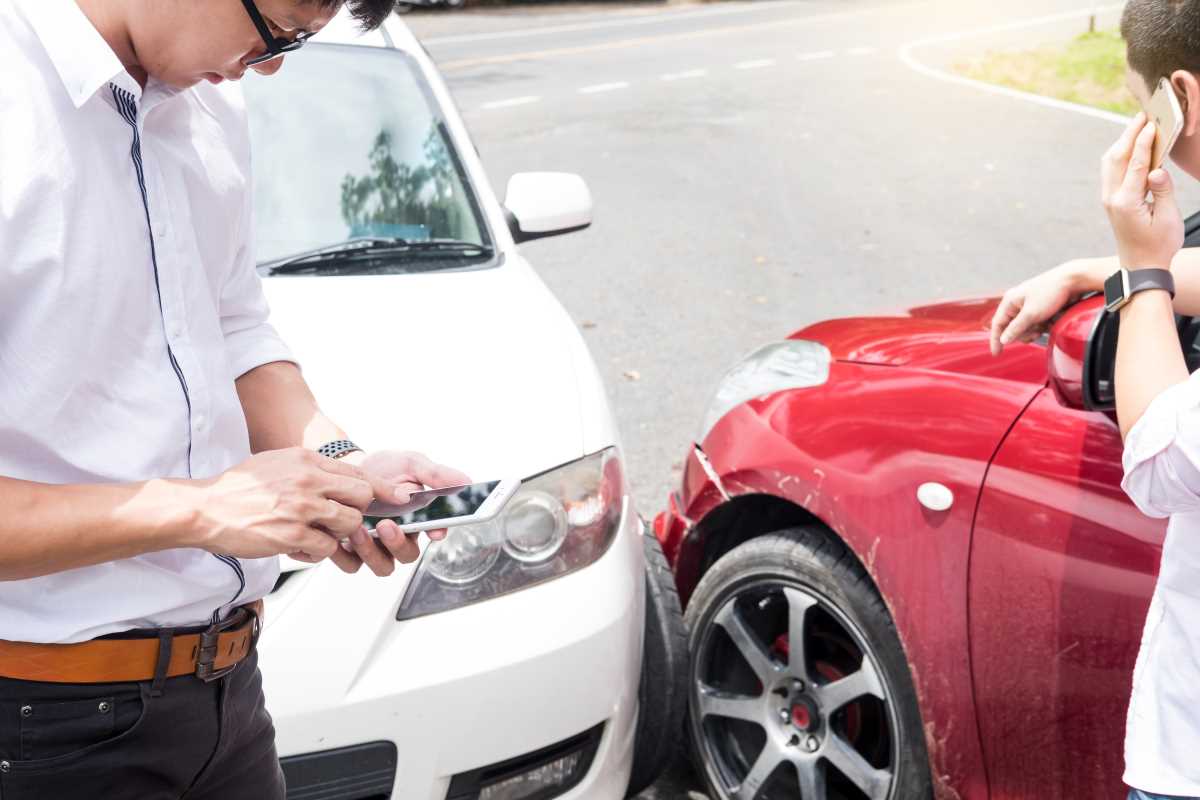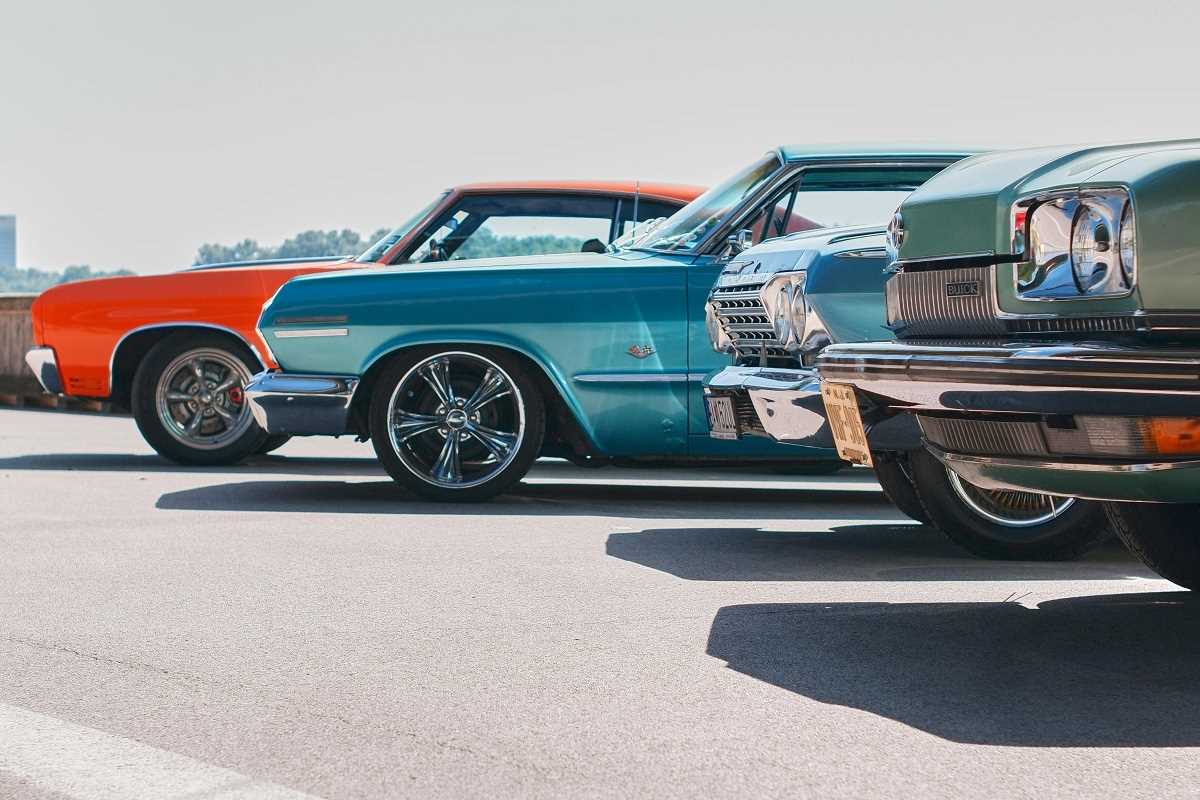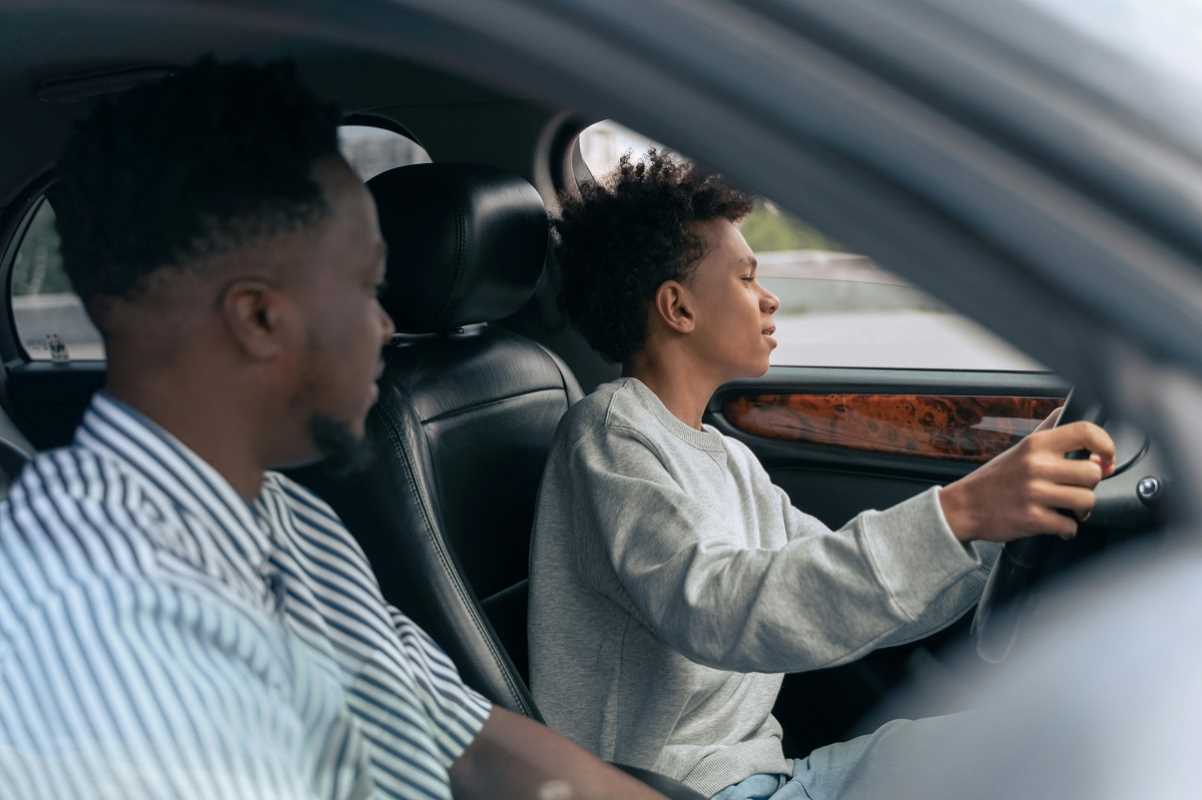Have you ever wondered how gap insurance could save you money? If you’re financing or leasing a car, it's worth checking out. What happens if your car is totaled and your insurance payout doesn’t cover what you still owe? That’s where gap insurance steps in. It’s a simple concept with big benefits, and understanding it now could save you from financial stress later. Let’s break it down together!
What Does Gap Insurance Cover?
Gap insurance stands for Guaranteed Asset Protection, and its job is to cover the “gap” between what you owe on your car loan or lease and its actual cash value (ACV) if your car is totaled or stolen.
Here’s the Situation:
- Imagine you financed a car for $25,000. A year later, it gets totaled in an accident, but its market value has dropped to $20,000 (this is its ACV). Standard insurance will only pay the ACV, leaving you to pay the $5,000 balance on the loan. Gap insurance covers that $5,000 so you’re not stuck paying for a car you no longer own.
What It Doesn’t Cover:
- Regular wear and tear on your vehicle.
- Repairs for non-totaled damages (those fall under collision or comprehensive insurance).
- Negative equity carried over from a previous loan.
Without gap insurance, you could be left with thousands of dollars to pay out of pocket for a car you can no longer drive.
Who Needs Gap Insurance?
While gap insurance isn’t for everyone, it’s especially valuable in certain situations.
- You Should Consider Gap Insurance If You:
- Bought a new car that depreciates quickly in value.
- Financed the car with a small or no down payment, meaning you owe more than the car’s current value.
- Leased your vehicle (most leasing contracts require gap insurance).
- Took out a long-term loan (over 60 months) as these loans typically build equity more slowly.
- You Can Skip Gap Insurance If You:
- Paid for your car in full.
- Made a large down payment (20% or more).
- Drive a car with a high resale or trade-in value.
Practical Example: If you’re someone who drives your brand-new car off the lot and plans to trade it in after a few years, gap insurance can save you from headache if something unexpected happens early in ownership.
How Does Gap Insurance Work If Your Car Is Totaled or Stolen?
Gap insurance steps in during one of the most stressful car-related situations you can face.
- Your Car Is Totaled or Stolen: If your car is declared a total loss (meaning repairs would cost more than the car’s value) or is stolen and unrecovered, your standard car insurance will pay you the actual cash value (ACV) of the car.
- You Owe More Than the ACV: Over time, a car loses value through depreciation. If you owe more on your loan or lease than the car’s actual cash value, you’ll be responsible for paying the difference unless you have gap insurance.
- Gap Insurance Covers the Shortfall: Gap insurance pays that leftover amount, saving you from making payments on a car that’s no longer drivable.
Example in Action:
You owe $18,000 on your car loan, but your insurer values the totaled car at $14,000. With gap insurance, the $4,000 gap is covered, so you aren’t stuck paying off the loan balance yourself.
How Much Does Gap Insurance Cost?
The cost of gap insurance varies based on where you purchase it and the details of your loan or lease.
- Through Your Insurer: Many car insurance companies offer gap insurance as an add-on to your policy, typically for an additional $20 to $40 per year.
- Through a Dealership or Lender: Dealerships or lenders may offer gap insurance when you buy or lease a car, but it’s often more expensive, averaging $500 to $700 for the term of your loan.
- Factors Affecting Cost:
- The value of your vehicle.
- The size of your loan or lease.
- Where you purchase the coverage (insurers tend to be cheaper than dealerships).
Money-Saving Tip: Even if a dealership includes gap insurance in your contract, you can usually cancel it and opt for a more affordable option through your insurer.
Do You Need Gap Insurance for a Leased Car?
Most leasing companies require gap insurance as part of their agreements because the car technically belongs to them, not you.
- Why It’s Important for Leased Cars: Leased vehicles often depreciate quickly, especially in the first few years. Since leases rarely leave you with equity, you’ll likely owe more than the car’s value in the event of a total loss.
- Built-In Gap Coverage: Many leasing companies automatically include gap insurance in your monthly lease payment. Be sure to check your lease agreement to see if it’s already covered.
Practical Reminder: Even if your lease doesn’t include gap insurance, you should still make sure you’re covered to avoid financial strain in case of an accident.
How Do You Get Gap Insurance?
There are several ways to add gap insurance to your coverage, and each option has its pros and cons.
- Through Your Insurance Company: This is often the most cost-effective option. If you’re already insuring your car, ask about adding gap coverage to your policy.
- Through Your Dealership or Lender: Convenient but typically more expensive. Make sure you read the fine print and compare costs with your insurer before committing.
- Standalone Gap Policies: Some companies offer gap insurance as a standalone product. This can be useful if your lender requires gap insurance but your current insurer doesn’t offer it.
Before signing up, check if your car loan or lease already comes with gap insurance to avoid paying for duplicate coverage.
 (Image via
(Image via





